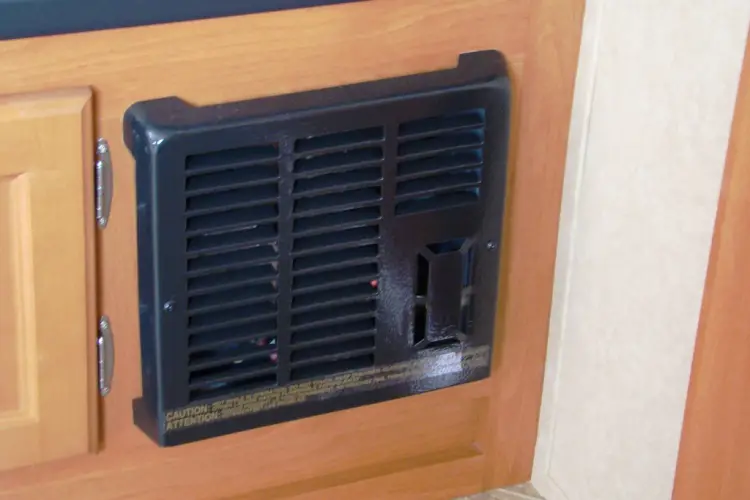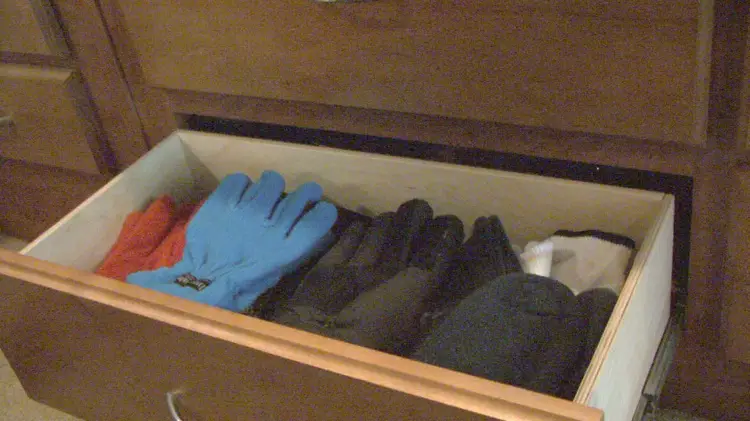We enjoy using our RV as much as possible throughout the year. Sometimes that means taking a cold weather camping trip in the RV. These trips can be lots of fun if you and the RV are prepared to deal with the cold temperatures.
The RV forced air furnace is your first line of defense for staying warm in the RV when temperatures plummet, so it’s important to make sure the furnace itself and everything related to it are in proper working order. The RV furnace needs electricity to operate, whether supplied directly from the RV batteries or through the converter when you are plugged into 120-volt AC power. The other component the furnace needs to operate is LP gas.
The first thing I do before a cold weather RV trip is make sure the LP gas cylinders or tank is full, and the battery is serviced and fully charged. The RV furnace will consume more LP gas, and deplete the battery quicker than other appliances, so these simple steps are essential.
Other furnace tips are to make sure the return air grill is not blocked and that the heat ducts are open and clean. Some RVs use flexible heat ducting, and it can get bent or crushed when packing supplies where the ducting is exposed like under dinette seats. So, be careful when loading supplies and periodically inspect the ducting for any damage.
Watch my short RV furnace check-up video
To help supplement heat from the RV furnace we take a couple small thermostatically controlled electric heaters with us. Make sure you purchase heaters that pose no threat of a fire and will turn off automatically if they are accidentally tipped over. These small heaters work great and help save on LP gas when you are plugged into a 120-volt electrical source or when using a generator. A typical outlet in the RV is rated for 1800 watts (120 volts X 15 amps = 1800 watts) so find an electric heater that does not exceed this rating.

Caution: Never use the range top burners, the oven, or a portable fuel fired heater (propane, kerosene, butane) inside the RV for heat. Carbon monoxide gas is colorless, tasteless, invisible and deadly. Any source of heat not vented outside is extremely dangerous and can be deadly.
When you are camping in cold weather the key is to keep the heat in the RV. You can start by selecting a site where you get plenty of sun during the daytime and where the RV has some protection against any wind. When it’s cold and windy outside the cold air will find a way inside the RV. Some RV windows have dual pane glass to assist with insulation, but many don’t. Simply closing window blinds, or shades can help keep the heat inside the RV.
Make sure you take extra warm clothing and blankets along on the trip. There is nothing like a pair of sweatpants, a sweatshirt, warm socks and a blanket to help stay warm when it’s cold outside. Don’t forget to pack the electric blanket too; it does wonders on a cold winter night in the RV.
There are other concerns when camping in cold weather, like protecting the plumbing system from freezing, but that is another article. If you want to learn more about your RV go to rvonlinetraining.com Have fun and stay warm
Happy Camping,
Mark J. Polk
RV Education 101


